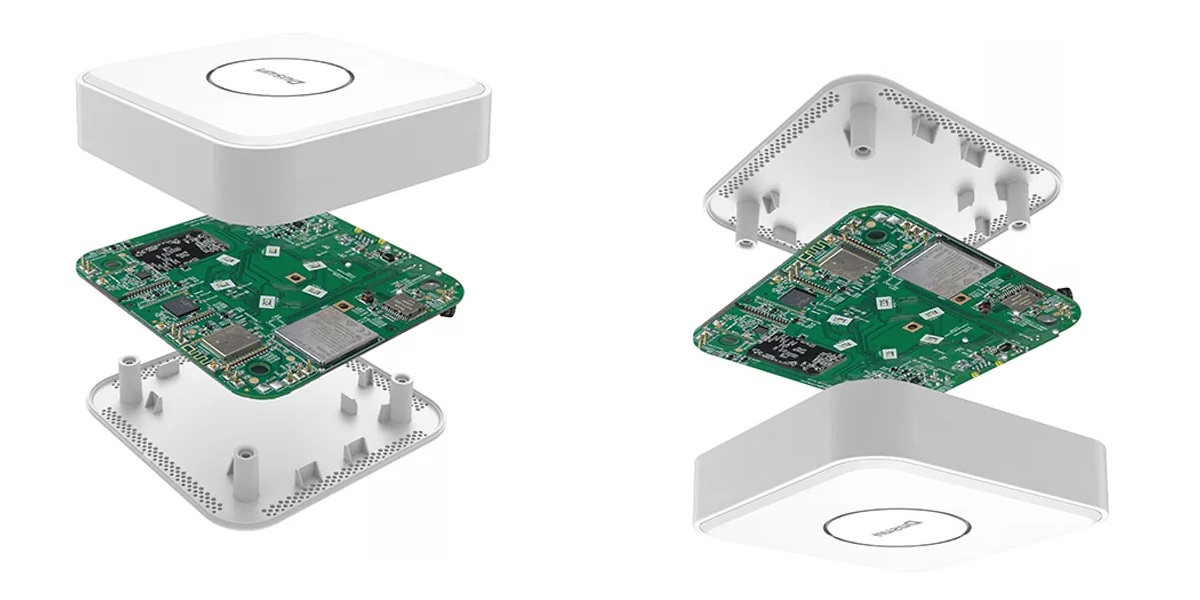This article will focus on how to fabricate a sheet metal part. If you are interested in the subject, then I suggest reading the entire article with an open mind and making sure you understand all the steps before attempting anything yourself. Visit prototyping service
If you do not have enough time or patience to read the entire article, feel free to skip ahead to the section titled “How To fabricate A Sheet Metal Part – The Basics”. This will provide you with a basic understanding of the steps required to fabricate a sheet metal part.
If you have any questions or concerns, please do not hesitate to contact me at the email address provided at the end of this article.
What is sheet metal?
Sheet metal is a thin, flat piece of metal that has been cut from a larger piece of stock. It is typically used in applications where a strong yet flexible material is required, such as in automobile body panels, aircraft wings, or boat hulls.
What are the benefits of sheet metal fabrication?
Sheet metal fabrication offers a number of benefits over other methods of manufacturing. It is a relatively quick and easy process that can be completed using simple tools. Additionally, it allows for intricate designs that would be difficult or impossible to create using other methods.
What are the drawbacks of sheet metal fabrication?
Sheet metal fabrication does have some drawbacks. One of the biggest is that it can be difficult to achieve a precise finish on a sheet metal part. Additionally, sheet metal is susceptible to warping and other defects if not handled properly.
What are the steps in sheet metal fabrication?
The steps involved in sheet metal fabrication vary depending on the specific project. However, there are some general steps that are typically followed:
Step #1.
The first step is to create a design for the part. This can be done using a computer-aided design (CAD) program or by hand.
Step #2.
Once the design is complete, it is then transferred to a sheet of metal. This is typically done by etching or engraving the design onto the metal.
Step #3.
The next step is to cut the metal to the desired shape. This is typically done with a shearing machine, but can also be done with a hand-held saw or power tool.
Step #4.
Once the metal has been cut to size, it is then ready to be formed into the desired shape. This is typically done with a press brake, but can also be done by hand.
Step #5.
Finally, the part is ready to be finished. This may involve adding a coating or painting the part. It may also involve adding hardware, such as screws or rivets, to the part.
Conclusion – How To fabricate A Sheet Metal Part – Sheet Metal Fabrication
Sheet metal fabrication is a quick and easy way to create strong and flexible parts. It offers a number of benefits over other methods of manufacturing but can be difficult to achieve a precise finish. The steps involved in sheet metal fabrication vary depending on the specific project, but there are some general steps that are typically followed.
If you have any questions or concerns, please do not hesitate to contact me at the email address provided at the end of this article.
















